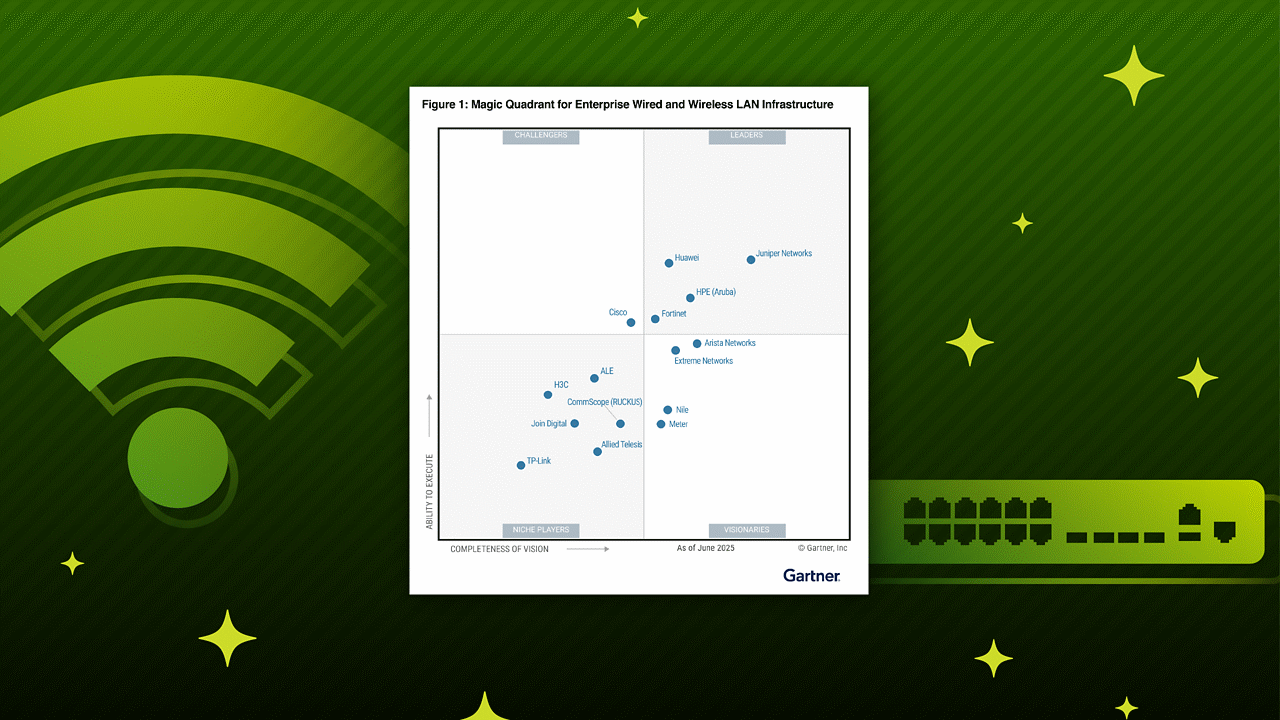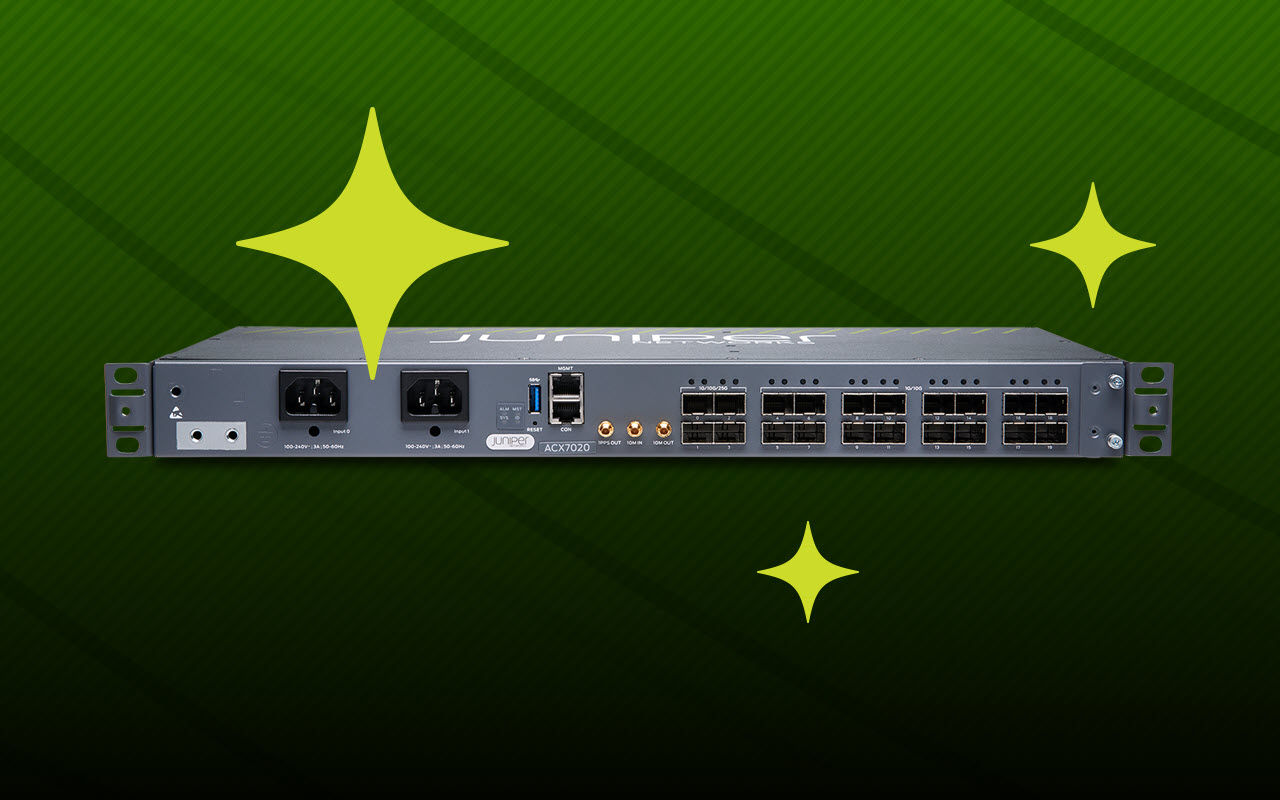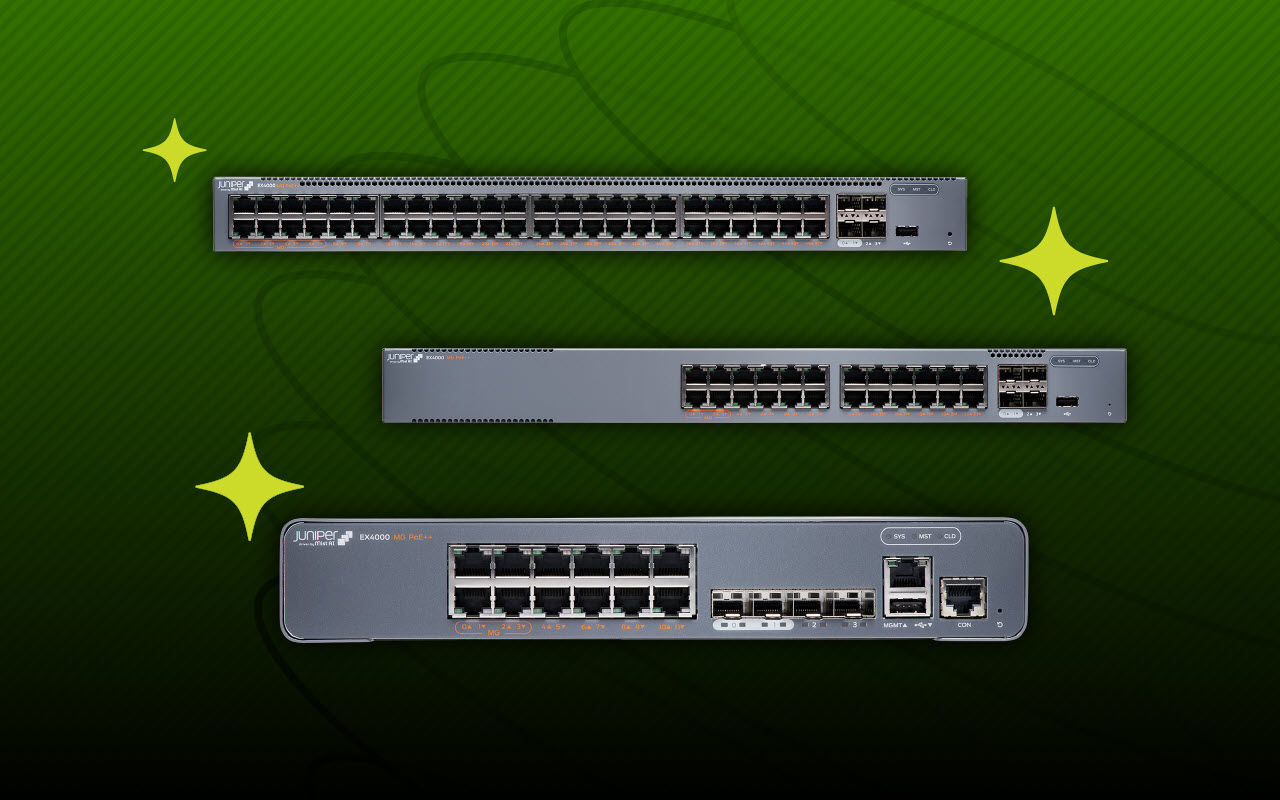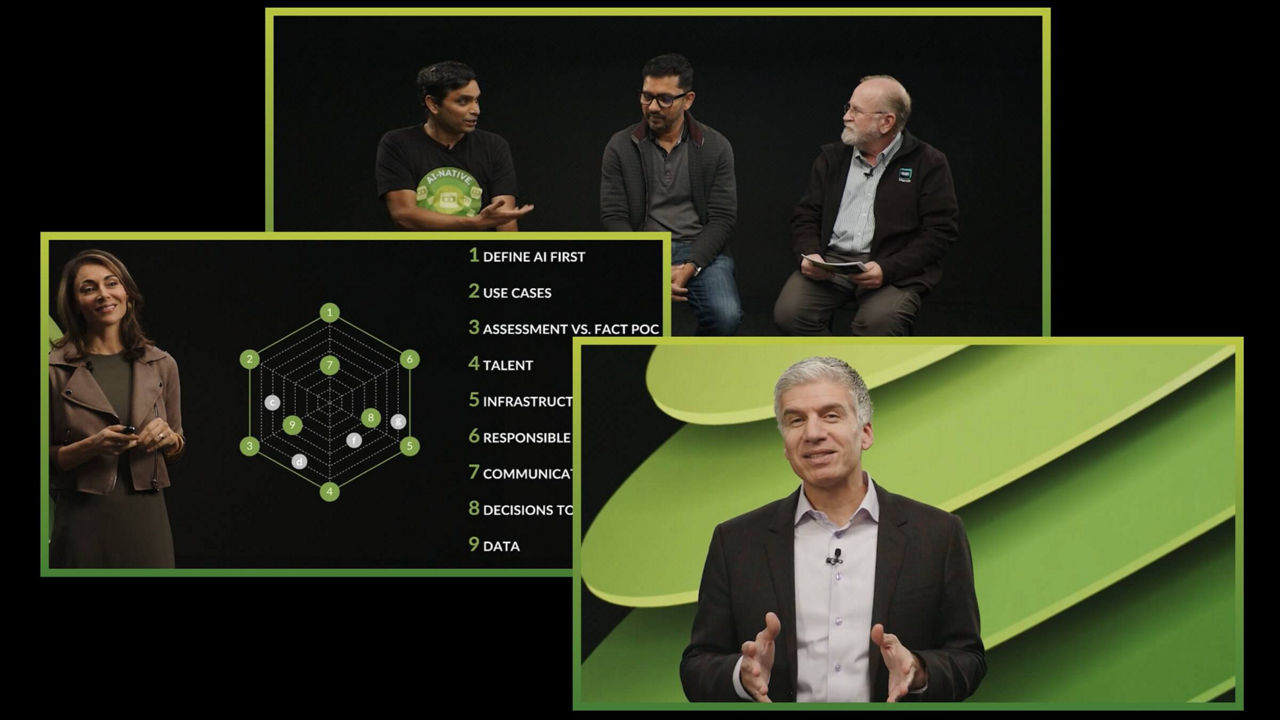Security, Professional (JNCIP-SEC)
Register NowThe Security Track enables you to demonstrate a thorough understanding of security technology in general and Junos OS software for SRX Series devices. JNCIP-SEC, the professional-level certification in this track, is designed for networking professionals with advanced knowledge of the Juniper Networks Junos OS for SRX Series devices. The written exam verifies your understanding of advanced security technologies and related platform configuration and troubleshooting skills.
This track contains four certifications:
Exam Preparation
We recommend the following resources to help you prepare for your exam. However, these resources aren't required, and using them doesn't guarantee you'll pass the exam.
Recommended Training
Exam Resources
- Industry/product knowledge
- Juniper TechLibrary
Additional Preparation
Exam Objectives
Here’s a high-level view of the skillset required to successfully complete the JNCIP-SEC certification exam.
|
Exam Objective |
Description |
|
Troubleshooting Security Policies and Security Zones |
Given a scenario, demonstrate how to troubleshoot or monitor security policies or security zones.
|
|
Logical Systems and Tenant Systems |
Describe the concepts, operations, or functionalities of logical systems.
Describe the concepts, operations, or functionalities of tenant systems.
|
|
Layer 2 Security |
Describe the concepts, operations, or functionalities of Layer 2 Security.
Given a scenario, demonstrate how to configure or monitor Layer 2 Security. |
|
Advanced Network Address Translation (NAT) |
Describe the concepts, operations, or functionalities of advanced NAT.
Given a scenario, demonstrate how to configure, troubleshoot, or monitor advanced NAT scenarios. |
|
Advanced IPsec VPNs |
Describe the concepts, operations, or functionalities of advanced IPsec VPNs.
Given a scenario, demonstrate how to configure, troubleshoot, or monitor advanced IPsec VPNs. |
|
Advanced Policy-Based Routing (APBR) |
Describe the concepts, operations, or functionalities of advanced policy-based routing.
Given a scenario, demonstrate how to configure or monitor advanced policy-based routing. |
|
Multinode High Availability (HA) |
Describe the concepts, operations, or functionalities of multinode HA.
Given a scenario, demonstrate how to configure or monitor multinode HA. |
|
Automated Threat Mitigation |
Describe the concepts, operations, or functionalities of Automated Threat Mitigation.
|
Exam Details
Exam questions are derived from the recommended training and the exam resources listed above. Pass/fail status is available immediately after taking the exam. The exam is only provided in English.
Exam Code
JN0-637
Prerequisite Certification
Delivered by
Exam Length
90 minutes
Exam Type
65 multiple-choice questions
Software Versions
- Junos OS 22.2
- SD 22.1
Recertification
Juniper certifications are valid for three years. For more information, see Recertification.






















